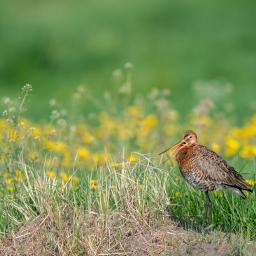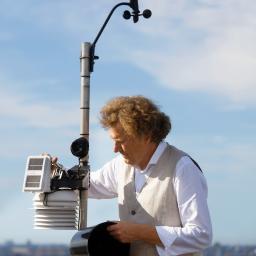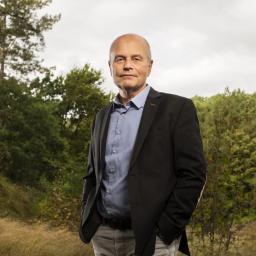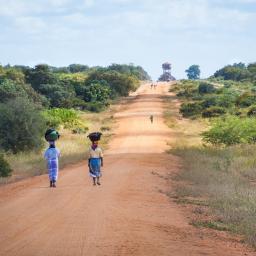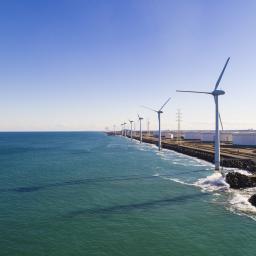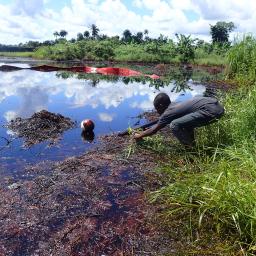 On May 22, UN Biodiversity Day, the white paper by collaborating scientists from Leiden-Delft-Erasmus: 'Connect climate and biodiversity, for society, economy and nature' was published. Professor Jan Willem Erisman of Leiden University wrote the introduction:
On May 22, UN Biodiversity Day, the white paper by collaborating scientists from Leiden-Delft-Erasmus: 'Connect climate and biodiversity, for society, economy and nature' was published. Professor Jan Willem Erisman of Leiden University wrote the introduction:
Without biodiversity - or the wealth of species - our atmosphere would never have been formed, while the Earth’s biodiversity needed the atmosphere to flourish. Organisms influence climate, and conversely, climate influences organisms. Human economic activity, however, has kindled unprecedented changes in climate and biodiversity.
A habitat unsuitable for humans
Man-made climate change is putting pressure on biodiversity and therefore jeopardising the benefits biodiversity confers on mankind, such as food production, clean drinking water, carbon sequestration and water storage. The more the world heats up, the more biodiversity will be lost, and the less nature will have to offer in many regions across the world.
This, in turn, will affect the climate, especially by altering the planet’s nitrogen, carbon and water cycles. In a nutshell, our warming climate and vanishing biodiversity are creating a habitat that is simply becoming increasingly unsuitable for human survival.
We can achieve a sustainable future for nature and humankind.'
Two problems with the same causes
Scientists and policymakers now often consider climate and biodiversity as two distinct domains, harnessing physics and technology to solve climate change and looking for ecological and social solutions to slow biodiversity loss. Interestingly, both problems are fuelled by more or less the same causes: excess consumption, the use of fossil fuels, the use of environmentally alien substances and space or land use.
To remove these causes, we need to fundamentally and systemically alter how society functions, bringing about change in underlying values, worldviews, ideologies, social structures, political and economic systems and power relations.

The UN IPCC (climate) and IPBES (biodiversity) panels present scientific evidence that a sustainable future for humans and nature is achievable, provided that we fundamentally change our food, energy, industrial, transport and urban systems. Adopting a systems approach, which means viewing the causes of biodiversity loss and climate change in their context, enables us to focus on the right choices in order to bring about transformations.
First and foremost, we need a shared vision of what future life should look like.'
Solutions begin with a vision
First and foremost, we need a shared vision of what future life should look like on a liveable Earth. To make this happen, we will first need a clean biosphere with space for nature and biodiversity and limited, manageable climate change. These are the bare prerequisites for creating a safe, healthy and just society with a sustainable economy. On a liveable earth, there is ample room for everyone to life, work, travel, socialise and enjoy leisure time comfortably.
Consistency is another important prerequisite: we need a reliable and plentiful supply of healthy, sustainably grown food, without jeopardising biodiversity. Simultaneously, food production should not be threatened by or lead to climate change, and land use should allow for ecosystems and people to coexist.
From economic growth to inclusive wealth
In the West, this will require a shift from a value system based on economic growth to one that prioritises inclusive wealth. With that goal in mind, we can then deduce certain choices that will bring about a transition. Moving towards more plant-based diets and combating food waste, for example, will ease the pressure on available space, making room for climate adaptation and biodiversity. Greener cities lead to more biodiversity, and to healthier people. The circular economy will help us use fewer scarce raw materials, reduce greenhouse gas emissions and allow biodiversity to flourish once more.
We need to change our consumption habits, driven by policy.'
All these choices can make a big difference, but theorising about them is the easy part. We need to change our consumption habits, driven by policy: the transition should be guided by a prudent, long-term and consistent policy mix on curbing and pricing carbon. For the transition to be successful, it has to be supported by the whole of society, from politics to industry and from farmers and civilians to supermarkets.
That being said, we also need sound international agreements, as we are not all the same. Diversity, including biodiversity, is what makes us resilient: in nature, in the economy and in society.
Jan Willem Erisman is Professor of Environment and Sustainability at Leiden University. He also chairs the Scientific Climate Council, which advises the cabinet on climate policy, and works in the field, e.g. by helping seven farmers on Schiermonnikoog looking to reduce their nitrogen emissions.
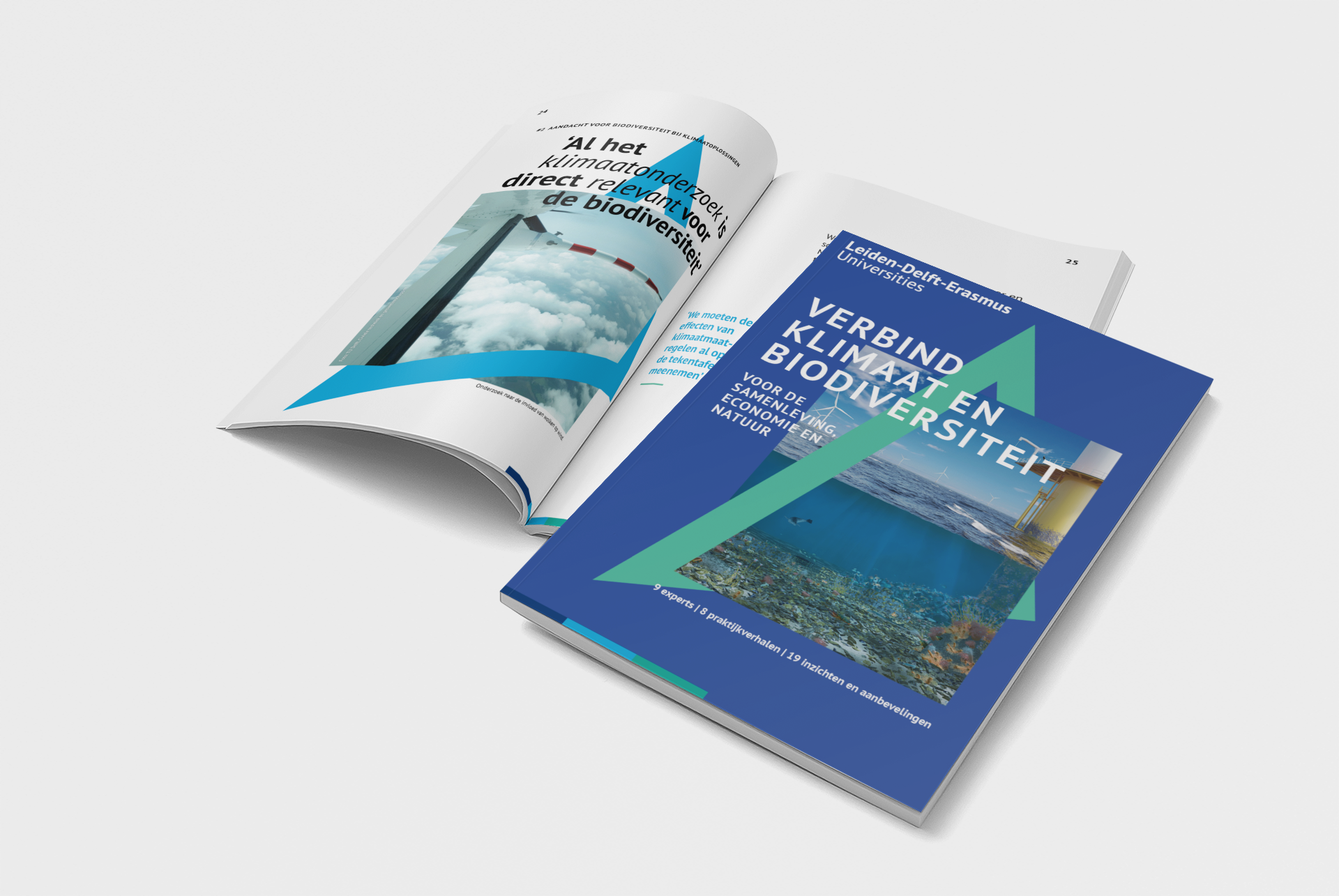 New white paper 'Connect Climate and Biodiversity for Society, Economy and Nature'
New white paper 'Connect Climate and Biodiversity for Society, Economy and Nature'
This article is from the new white paper 'Connect Climate and Biodiversity for society, economy and nature' of Leiden-Delft-Erasmus Universities. In this paper, scientists, foresters, bankers, farmers, and municipal officials advocate protection of eco-systems as a strategy against global warming.
Download the white paper (written in Dutch, except the English summary and list of recommendations) or order a copy via Katja Hoiting: k.hoiting@tudelft.nl

